How many squats you should be able to do — without a break — at every age
If you can’t hit this number of a simple gym movement, it could lead to a nasty shock about your health, according to one fitness professional.
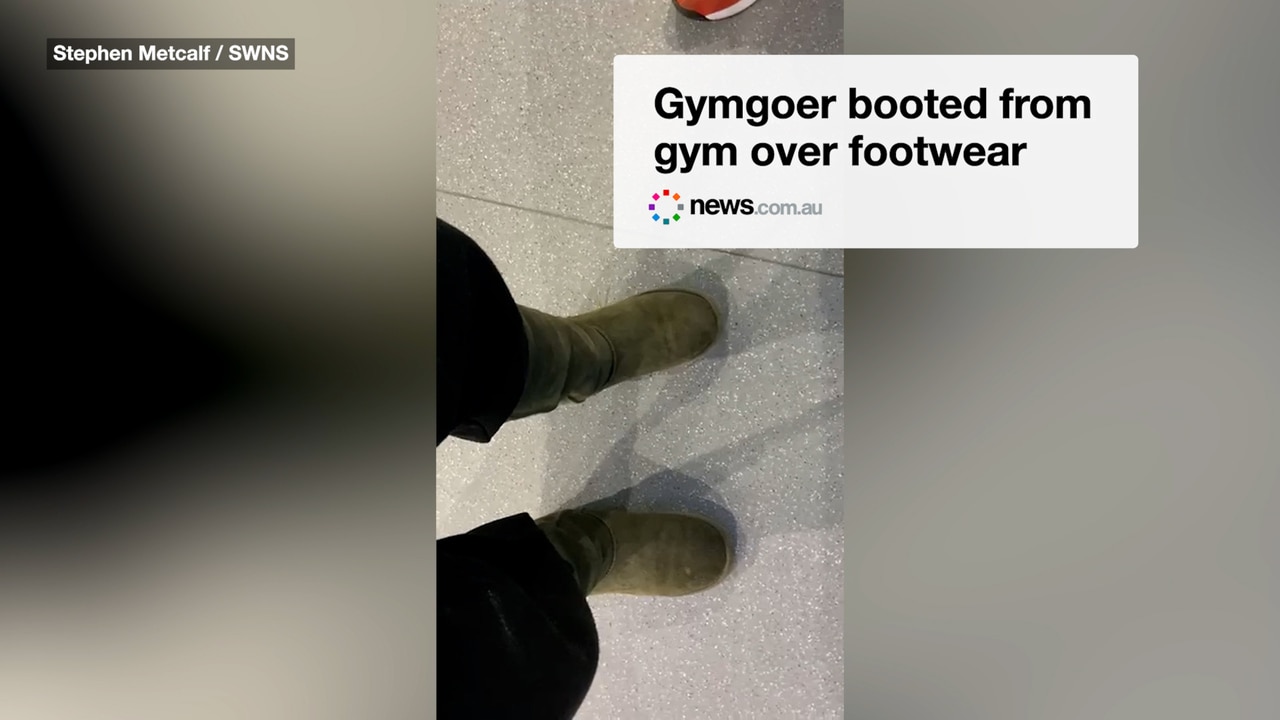
Lifestyle
Don't miss out on the headlines from Lifestyle. Followed categories will be added to My News.
A fitness expert has revealed exactly how many squats you should be able to do – claiming there are no ifs, butts or maybes about it.
While factors like sex, age, pregnancy, menopause, athletic experience and personal goals can all affect your ability to perform the fundamental fitness movement, being able to hit a benchmark is a good determining factor in your overall health.
“The squat is your powerhouse,” Kristin Collins, a trainer at Life Time fitness club, told the New York Post.
Whether you’re scooping up your toddler, sliding into your car or settling onto the porcelain throne, being able to drop it low and stand back up is essential to getting through the day, she said.
“The basic demands of daily life don’t vary that much from age group to age group,” Collins added.
“Squats are arguably the most fundamental movement pattern we utilise.”
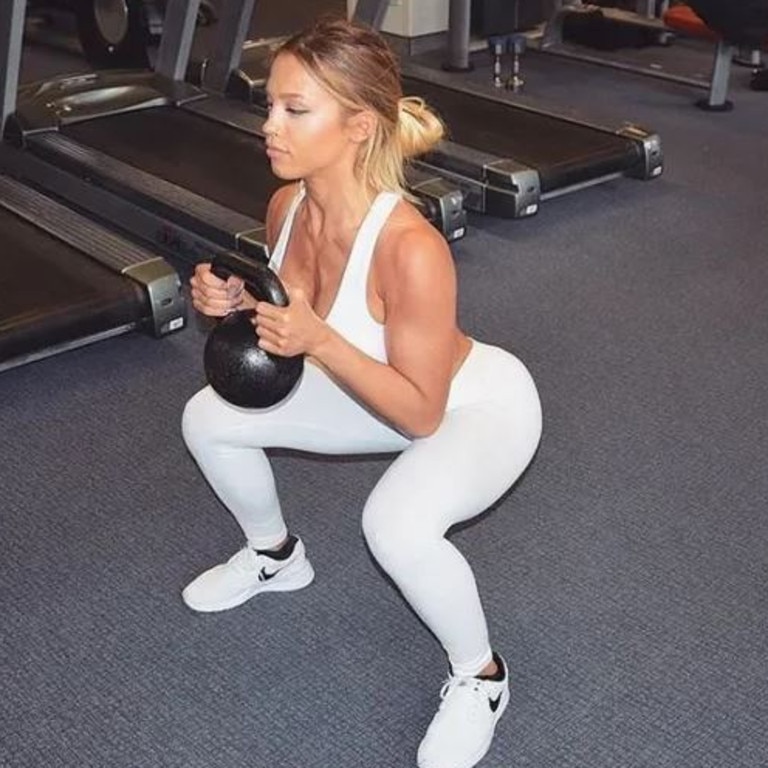
To help measure your fitness, Collins broke it down, outlining how many squats you should aim for at each stage of life and offering tips on how to tailor the move to fit your body’s unique needs.
But first, form check
“Before considering the quantity of squats, we should establish the optimal quality,” Collins said.
When you drop into a squat, make sure your hips line up with your knees, your knees stay in line with your toes, and your heels stay glued to the ground.
There are plenty of squat variations, but today, we’re talking body weight and weighted squats.
Body weight squats are perfect for beginners, warm-ups or building endurance in your legs, glutes and core. Even better, they require no equipment, with your body’s own weight serving as the resistance.
The downside: Your progress can plateau as your muscles become familiar with squatting your own body weight, making the exercise feel less challenging.
“Your body needs new stimuli to overcome plateaus and to continue building your muscles and bones,” Collins said.
“The best target for your functional movement patterns is to incrementally increase the demands on your body over time.”
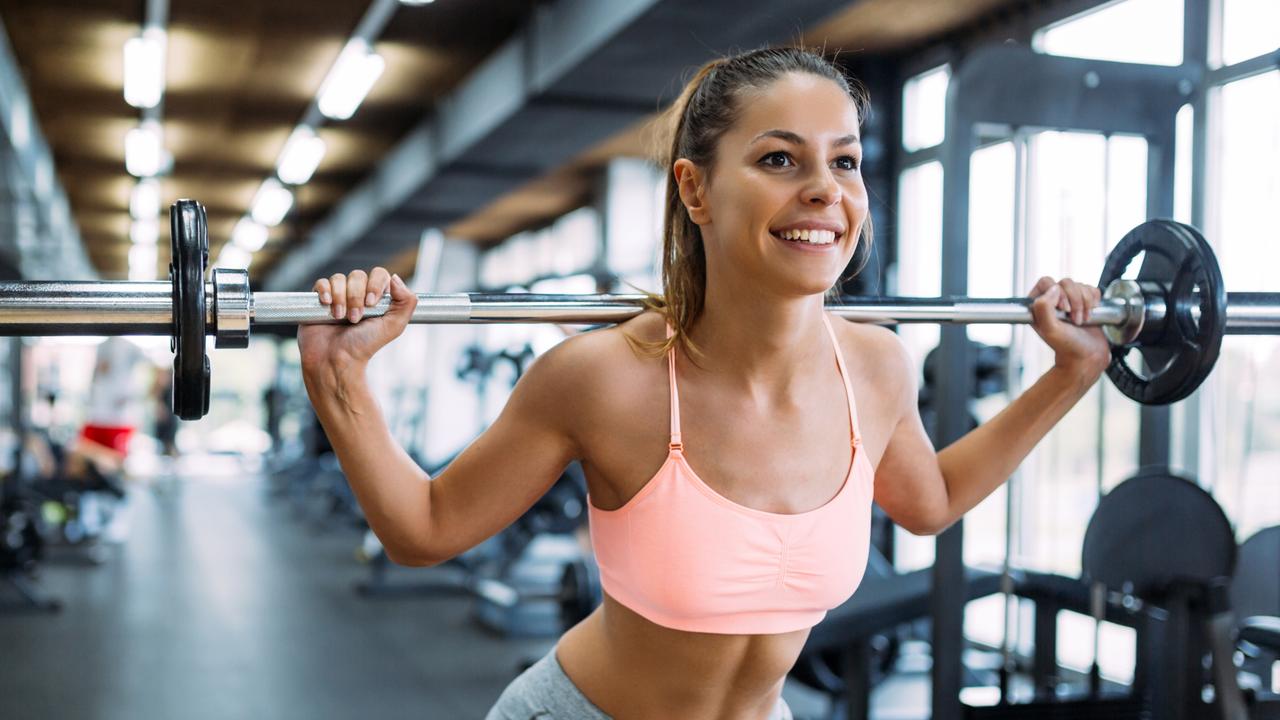
That’s where weighted squats come in. Whether it’s a barbell, kettlebell or other form of weight, these squats provide more resistance, making them a game changer for building strength and muscle mass. They also engage more muscles in your core and lower back.
Squat standards by age
When it comes to how many squats you should be able to do, there’s no one-size-fits-all, with variying factors and personal goals all coming into play.
That said, Collins says a good benchmark for functional independence and average fitness looks something like this:
— 20s: 50 non-stop body weight squats, or 10 squats holding 40 per cent to 50 per cent of your body weight
— 30s and 40s: 50 non-stop body weight squats, or 10 squats holding 50 per cent to 60 per cent of your body weight
— 50s: 40 non-stop body weight squats, or 10 squats with 40 per cent to 50 per cent of your body weight
— 60s: 30 non-stop body weight squats, or 10 squats holding 30 per cent of your body weight
— 70s and up: 20 non-stop body weight squats, or 10 squats with 20 per cent of your body weight
“Again, no matter your age, your body will adapt to the stress that you put on it,” Collins said.
“Increasing your time under tension, reps or weight for example will continue to grow your strength and endurance.”

Fitness is about lifestyle, not age
There’s a large body of research that shows your fitness level depends more on your lifestyle choices over the years than the number of candles on your birthday cake.
“I have the pleasure of working with people in their early 20s all the way to early 80s and everyone in between,” Collins said.
“I have a 72-year-old client leg pressing 140 pounds (63kg), an 82-year-old client who’s doing 10 squats with 25 per cent of her body weight.”
If you’re finding it tough to hit the recommended squat count for your age group, Collins said this could reveal a few things about your health.
“If you can’t squat to 90 degrees without your heels falling forward, you likely have weak ankles, and you definitely have limited mobility,” she said.
“If you can’t squat to 90 degrees without your chest falling very far forward, it likely means that you have a weak back and glutes,” she added.
“If you can’t handle basic low volume of body weight squats, you’re more likely to be injured, and certainly more likely to take longer to recover from an injury,” she noted.
For those 35 and up: Falling short may signal you’re losing muscle mass and bone density. The good news? Strength training can help rebuild both.
“A 55-year-old who has prioritised strength training could have stronger bones than a 35-year-old who has a sedentary lifestyle and doesn’t train with resistance,” Collins said.
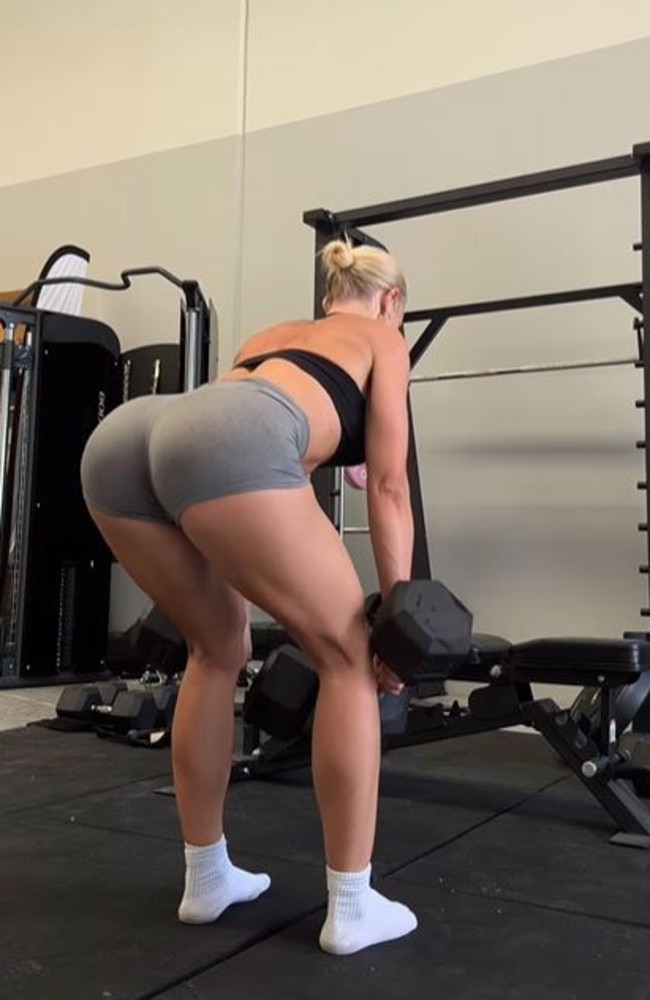
Get low without getting hurt
Everyone’s body is unique, and small adjustments can make a big difference when it comes to perfecting your squat form.
For example, taller people tend to have longer femur, which Collins said can make it easier to fall forward or stop short of hitting optimal depth in your squat.
“If you’re falling forward for any reason, elevate your heels using towels or weights,” she recommended.
If you have unstable knees, Collins said incorporating resistance bands into your squats can provide added support.
“The tension from the bands both helps with alignment and strengthens the joints and tendons around your knees,” she said.
While the classic “feet shoulder-width apart, toes forward” cue works for many, Collins said people whose toes point inward might struggle to achieve proper depth with this stance.
“I recommend lying on your back and simulating a squat from the floor. Find where you are comfortable with a 90-degree bend in the knee — then see how far away your heels are from each other, and what angle your feet are rotating out,” she said. “That’s going to be your authentic squat stance.”
The power of strong muscles
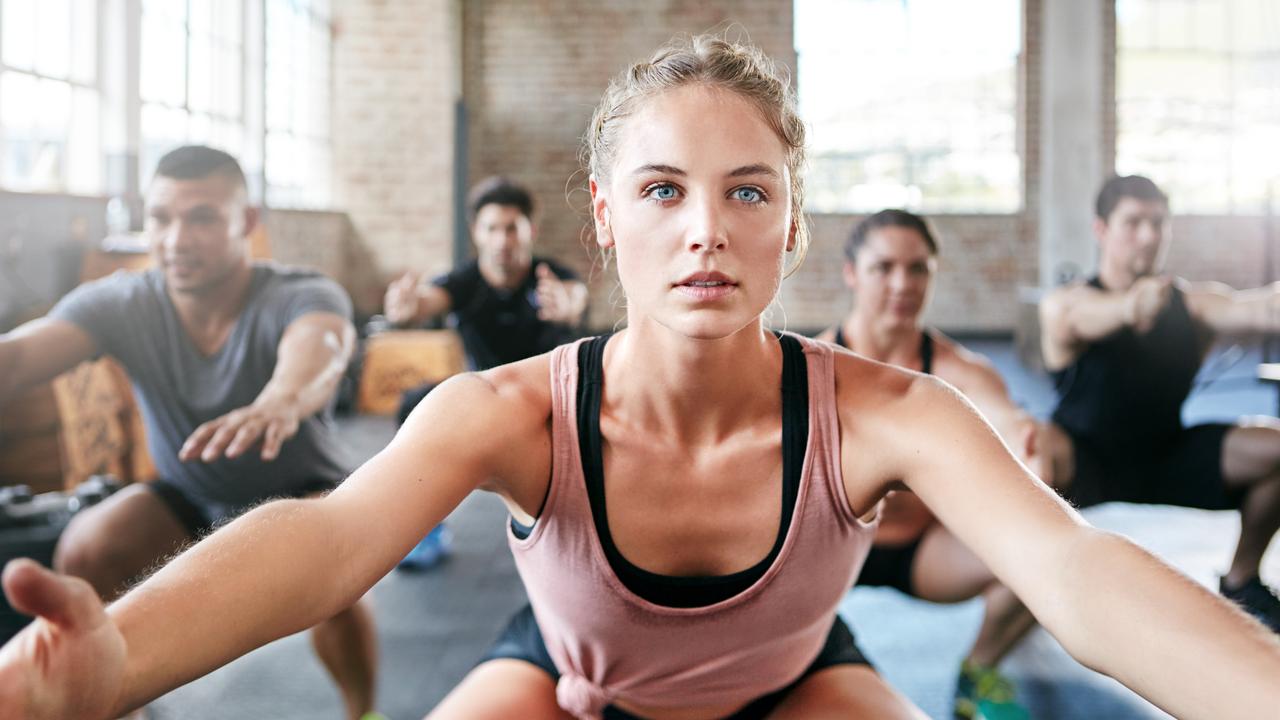
Keeping your muscles strong is critically important for maintaining a high quality of life at any age.
Of course, muscular strength helps with lifting heavy objects, but it’s also essential for overall mobility. Strong muscles improve balance and co-ordination, greatly reducing the risk of falls and injury.
Maintaining muscle mass also boosts bone density, lowering the risk of osteoporosis and fractures, especially as we age.
Research also shows that keeping your muscles strong can improve cardiovascular health, ramp up your metabolism, give you more energy and even help you live longer.
And let’s not forget: Strong muscles act as a natural cushion, protecting joints and bones from injury. Just ask Collins, who knows this first-hand.
“In October 2023, I was hit by a truck while biking to work,” she said. I firmly believe that my muscles protected my bones from being broken.”
Collins was struck directly on her leg, and while she suffered a crack in her tibia, there wasn’t any serious damage that required surgery. Thanks to a lot of hard work and physical therapy, she ran a half-marathon just seven months after the accident.
“Strong muscles protect your body from real life trauma and help you heal faster,” Collins said.
This story first appeared in the New York Post and was republished with permission.
More Coverage
Originally published as How many squats you should be able to do — without a break — at every age








